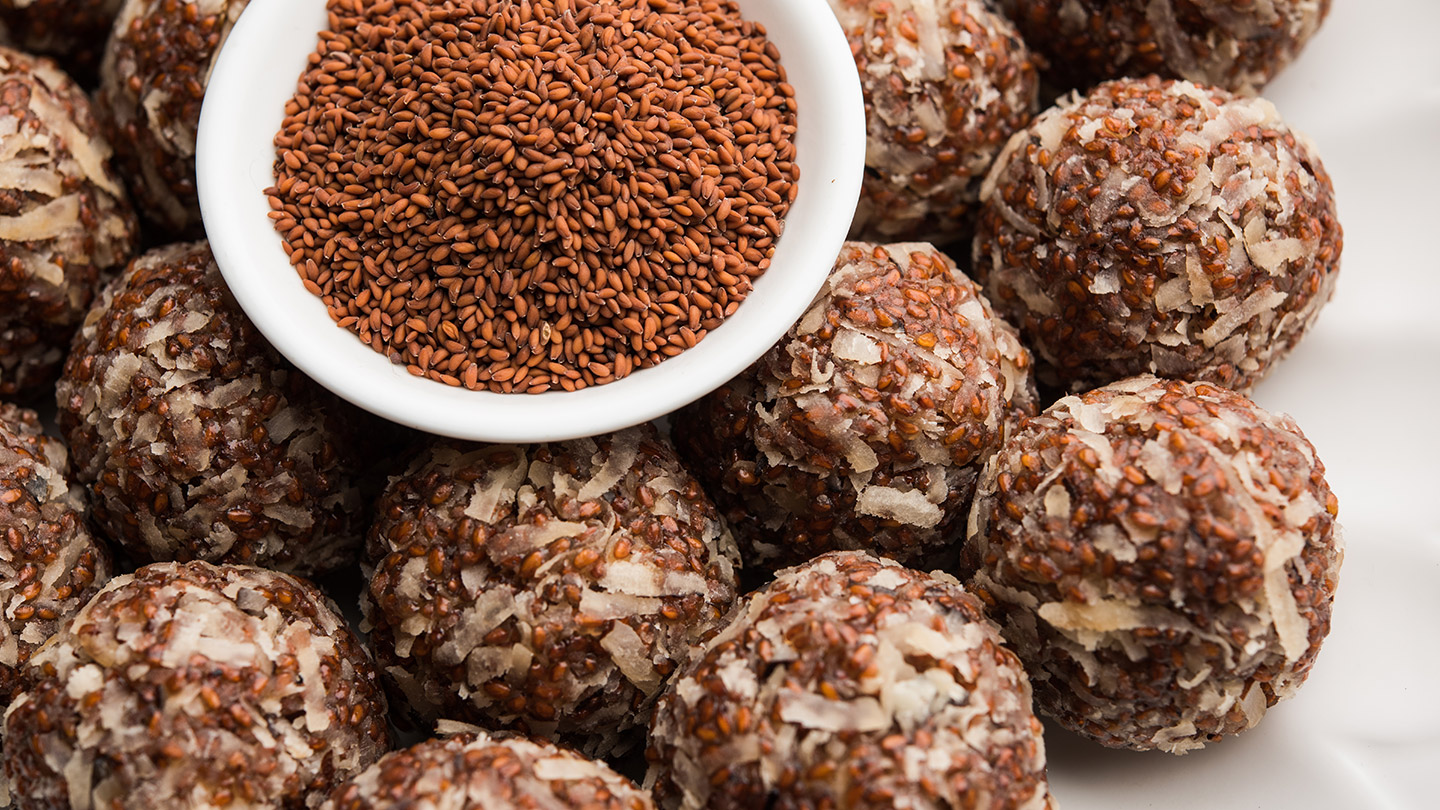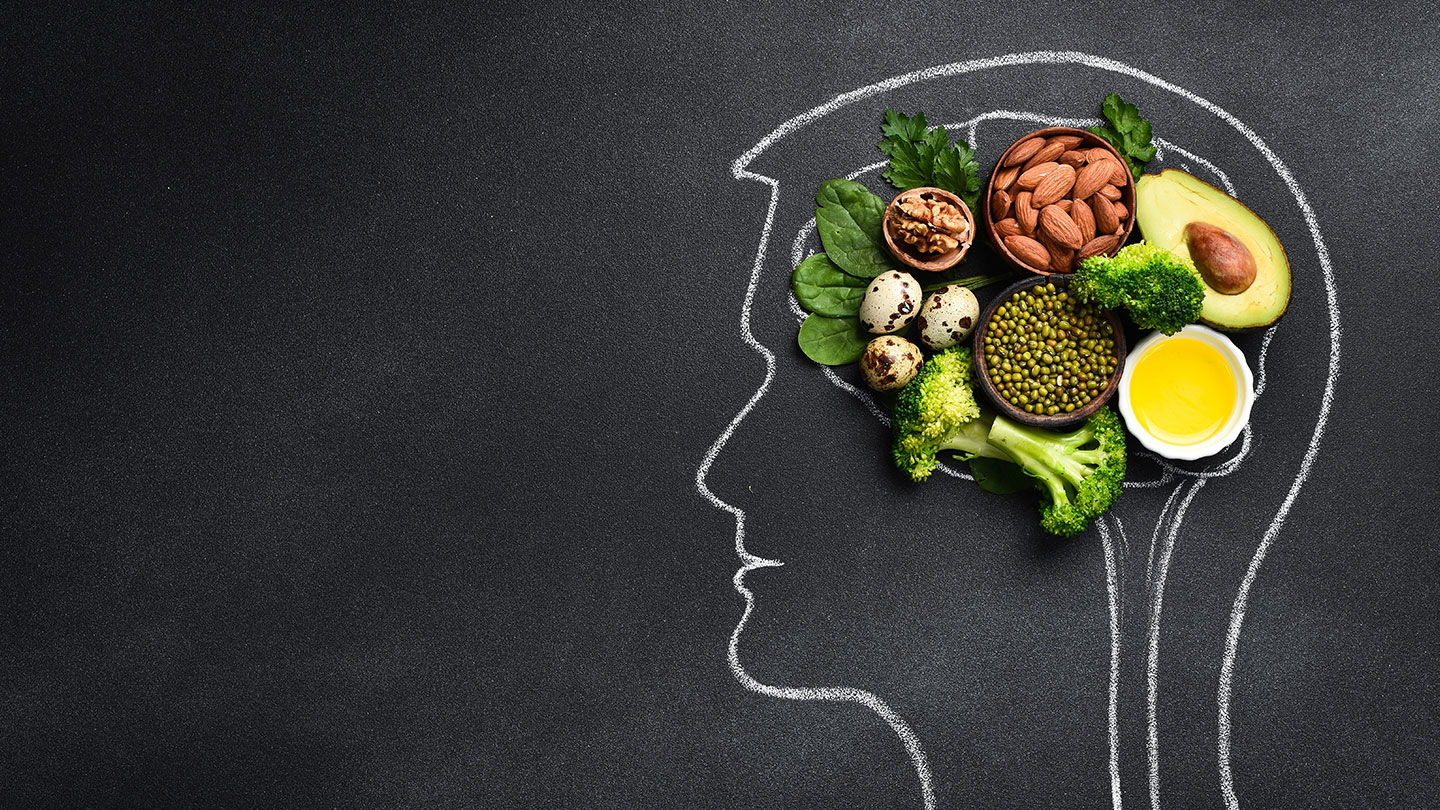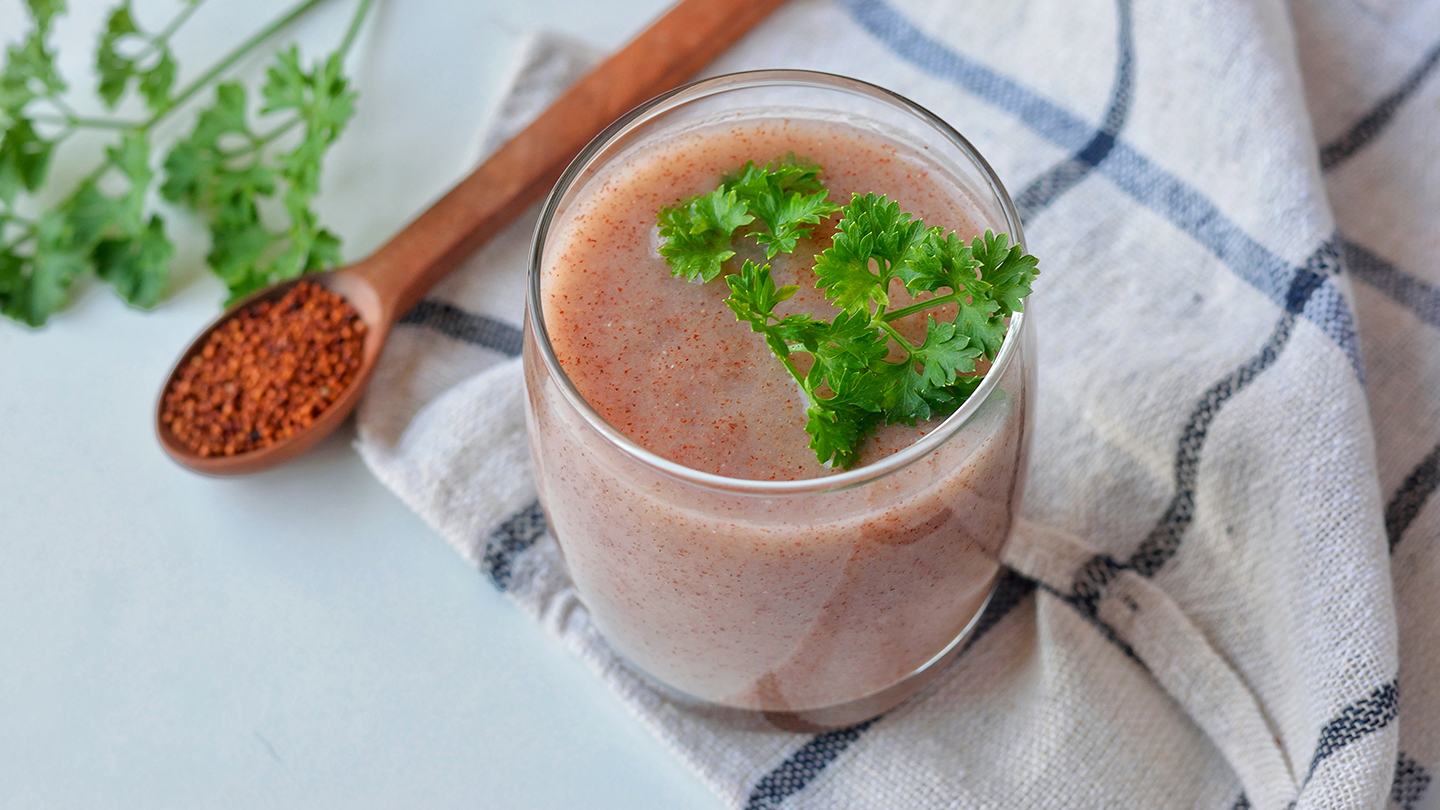Nutrition
Iron Powerhouse, Garden Cress or Aliv Seed Deserves a Spotlight
Tired and low on iron? This tiny, time-tested seed from your own kitchen packs a bigger punch than most supplements

Ever feel low on energy, no matter how much you sleep? You’re not alone. Iron deficiency is one of the biggest nutritional gaps worldwide, and while we usually turn to spinach or supplements, there’s a tiny seed hiding in plain sight with more iron than both. Forget imported powders. This humble Indian seed, garden cress (Aliv/Halim), is a powerhouse waiting for its spotlight.
Related story: Signs of Iron Deficiency and Ways to Boost Iron Absorption
Why Iron Matters
Iron deficiency is one of the most common nutritional gaps in the world, especially among women. Fatigue, pale skin, and frequent headaches are often anaemia’s way of speaking up. While Spinach and jaggery often get credit as iron-rich foods, garden cress quietly outpaces them. According to a 2025 review published in the Journal of Agriculture and Food Research, garden cress seeds provide 28.82 mg of iron per 100 g, covering about 160 % of the RDA for adult women and 360 % for men. A spoonful of these tiny seeds can cover a good part of your daily requirement.
Related story: What Not to Do If You Are Using an Iron Skillet
Traditional wisdom always claimed that Aliv laddoos boosted strength and energy, especially for new mothers. Now science is catching up; a study was published in BMC Nutrition, 2022, where:
- Adolescent girls who ate garden cress laddoos for a week showed a significant rise in haemoglobin compared to a control group.
- School children given biscuits fortified with roasted garden cress seeds recorded improvements in haemoglobin from 10.63 to 11.06 g/dL.
- Pregnant women taking iron-folic acid with garden cress gained 1.32 g/dL more haemoglobin compared to those on supplements alone.
So it’s not just folk medicine, there’s clinical proof that works.
Related story: Iron-Rich Meal Ideas For Kids
More Than Just Iron
It would be unfair to box garden cress as only “the iron seed.” Its nutrient profile is broader:
- Calcium and magnesium to support bone strength.
- Protein and folate are needed to repair tissues and support red blood cell production.
- Vitamins A, C, and K in the leaves contribute to immunity, skin health, and blood clotting.
- Antioxidants that help fight inflammation and cellular damage.
Not bad for something that takes up almost no space in the pantry.
How to Use It Without Overthinking
The beauty of garden cress is that it fits right into daily routines:
- Soak it: Overnight soaking turns the seeds into a gel; just drink it the next morning.
- Warm milk mix: Stir into milk with jaggery for a bedtime tonic.
- Traditional laddoos: The classic Indian way of enjoying them.
- Blend it: Into smoothies or mix into porridge for an easy nutrient bump.
It is often recommended to soak first, since it makes the seeds easier to digest and improves mineral absorption.
Related story: 5 Factors That Make Women More Prone to Iron and Calcium Deficiency
Like most potent foods, moderation is important. Too much can cause bloating, and in high doses, it may not be suitable for pregnant women without medical advice.
Garden cress isn’t a flashy seed. It doesn’t come with glossy packaging or wellness marketing. Yet, it’s been sitting quietly in Indian kitchens for centuries, doing exactly what good food should be: nourishing, strengthening, and healing. Modern studies are now echoing what grandmothers always knew: a spoonful of Aliv can lift iron levels, improve energy, and support overall health in ways that feel both simple and sustainable.
At a time when “superfoods” are often imported, expensive, and trend-driven, it’s worth remembering that sometimes the strongest answers are local and time-tested. Garden cress is one of them. Maybe it’s time we gave this tiny seed the spotlight it has long deserved.
Get instant access to personalised nutrition advice just for you. Sign up here.
EXPLORE MORE
Light, tangy, and packed with freshness, this simple yoghurt-based marinade transforms proteins, veggies, or even snacks into flavourful, guilt-free delights.
From turmeric lattes to chia puddings, these everyday choices, pack bioactives linked with calmer moods, better sleep, sharper focus and a happier gut–brain axis. Let’s dive into an expert’s favourite foods for enhanced mental health.
Low in calories yet rich in fibre, calcium, and probiotics, this easy-to-make recipe keeps you refreshed, energized, and light on your feet throughout the day.
From honey and cane sugar to sucralose and stevia, our craving for sweetness hasn’t changed, only the source. But how do natural and artificial sugar really stack up for health?








.jpg)


.jpg)
